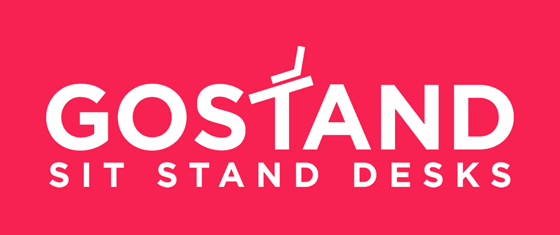Everything you wanted to know about melamine faced chipboard and hopefully more
MFC Material Page
What is Melamine Faced Chipboard?
Melamine Faced Chipboard is a sandwich of one chipboard sheet and two sheets of paper impregnated with melamine resin. The paper sheets are pre-printed with the colour or pattern required for the top (so for example a wood print) and these are pressed top and bottom onto the chipboard sheet using both pressure and temperature. MFC differs from what is known as laminate in that it is pressed at a lower pressure and is not covered by a further protective top coating. That being said it is a tough and durable material. In the press the top and bottom press-plates can have a texture to them so that when the melamine is pressed into the board the plates leave a texture on the board. This can be further synchronised with pattern printed on the paper so that a woodgrain texture corresponds to where the woodgrain image is on the board. With better technology these woodgrains have become deeper and more realistic as time has gone on. This has resulted in MFC that looks very close to real wood as Tribeca Oak from our range does.
For the user this means a tough, heat and stain resistant surface which is durable and capable of withstanding an everyday home office or indeed commercial office environment. MFC is widely used in the furniture industry for kitchens, office furniture, cabinetry and restaurant and hotel fit-out so it is a proven and safe material.
When the sheets leave the factory they are normally large format (approx 3M x 2M or bigger) and are shipped throughout the globe in this format until they arrive with manufacturers who will convert the sheets into products.
So how do you make a smaller desk-top from it?
Once the MFC sheet is delivered to our Gostand factory we have to cut it to standard sizes. To do this we use a CNC router with polycrystaline diamond cutters to cut the bigger sheet into small desk-tops. This process is highly repeatable and well controlled to a tolerance of +/-0.1mm.
Once this process is finished we are left with a board the correct size but with no edging on it. It still has bare chipboard showing.
So how do you edge it?
The edges are sealed by applying an edgeband. This is a 2mm thick plastic (ABS) strip along all four sides of the chipboard edge using a complex machine called an edgebander. We use an advanced hot air technology to glue our edgeband to the edge after which it is automatically trimmed, scraped, corner rounded, buffed and cleaned by the machine to provide a board ready for quality inspection. This is an extremely complex process and has to be controlled to very fine tolerances.
The hot air system we use leaves an almost invisible gap between the board and the edging meaning it is spill resistant and looks more aesthetically pleasing.
OK so how do I look after the top?
MFC desk-tops are easy to maintain. They can be cleaned with normal, everyday detergent sprays you would use in your kitchen. Other than that there is nothing to do. In terms of durability they will not wear through. The only danger is dropping something on the desk-top. The melamine resin is hard and thus the surface can be cracked and penetrated. However it would take a heavy sharp object being dropped for 50cm or so to do damage.
What about the environment? Are the tops environmentally friendly?
This is a very complex question and Gostand is a very tiny player on a very, very large stage when it comes to MFC. The market is governed by a few large multi-national companies who manufacture globally and in massive volumes. Clearly we cannot influence these large suppliers however we can choose who to work with. We purchase our MFC from the two best European producers and they use only managed forestry sources. One uses a proportion of recycled material and the other uses virgin woodchip. One of the main environmental impacts is shipping and we try to minimise shipping distances by taking larger loads less frequently.
We hope the video below which comes from one of our suppliers Egger, shows just how complex the cyclical supply chain is and the huge investments required to make the process as ecologically sound as possible.
In terms of the material itself the answer is yes it is environmentally friendly when compared to solid timber and especially compared to MDF. At the end of it's long life an MFC top can be re-cycled as the ABS plastic can be broken down with the top.
Both our suppliers are members of the Forest Stewardship Council and manage their wood supplies accordingly. Both have ownership of their own forests.
Both our suppliers are ISO14001 certified and have complex arrangements for wood sourcing and recycling. Both are acutely environmentally aware and thankfully have the financial resources to put in place world class systems to minimise environmental impact.
